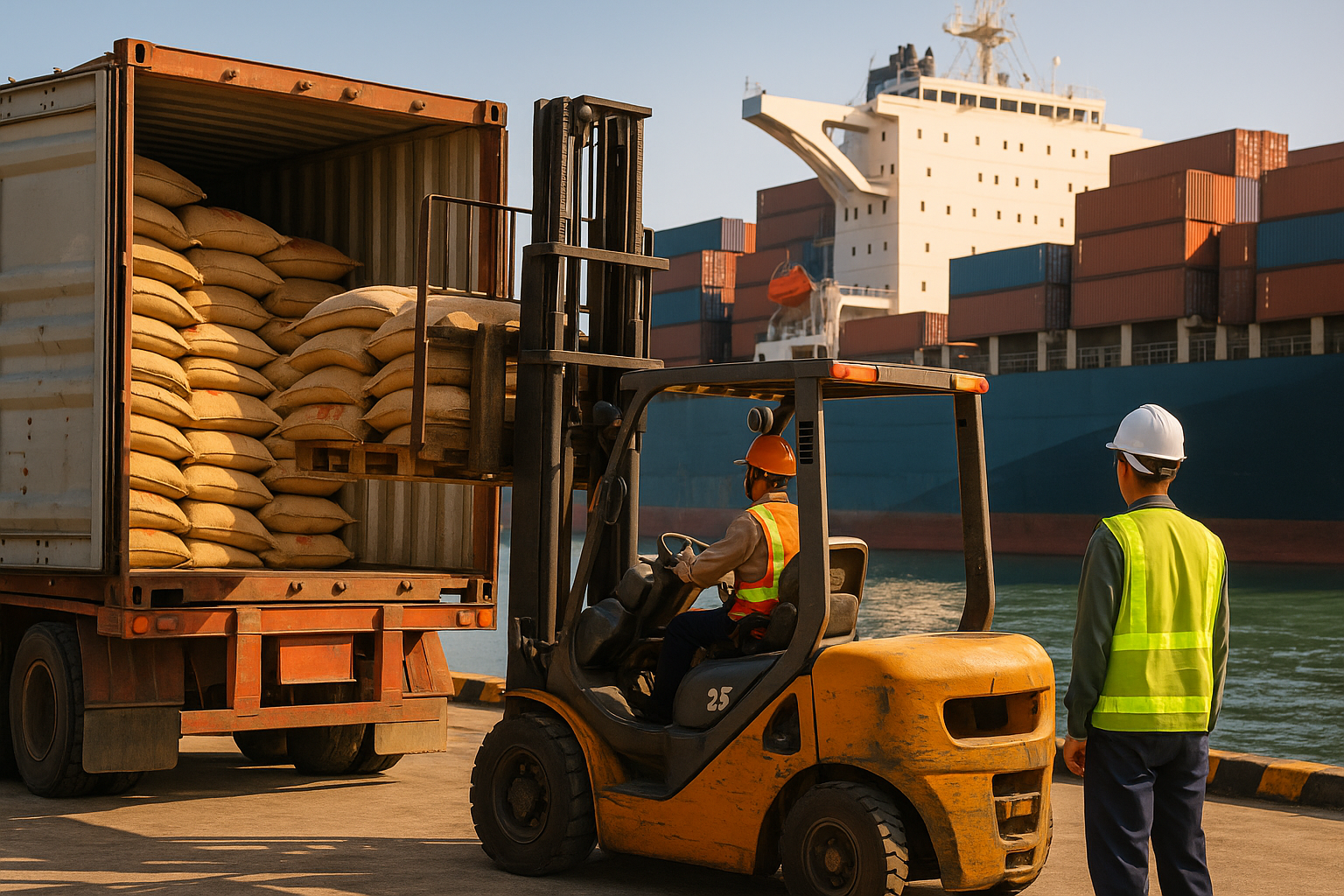
In April, Vietnam’s coffee exports made significant strides in both volume and value compared to the same period last year. According to data from the General Department of Customs, exports reached 166,606 tons, generating over USD 965.8 million—an increase of 11% in volume and 68.6% in value.
Main Export Markets
In the first four months of the year, Vietnam’s primary coffee export markets included the EU, the United States, Japan, Russia, and Algeria. Notably, the EU remained the top destination, with exports totaling 301,622 tons and revenues of USD 1.7 billion, accounting for 45.3% of total export volume.
The U.S. and Other Markets
In the United States, although export volume declined by 6.8% to 42,568 tons over the four-month period, export value still rose by 56.8%, reaching USD 236.8 million. Major markets such as Japan, Russia, and China experienced volume declines, yet managed to maintain positive growth in export value due to higher prices.
Coffee Prices and Market Fluctuations
On the domestic market, coffee prices have seen a slight increase following a period of decline. As of the trading session on May 14, domestic coffee prices ranged from VND 128,000 to 128,500 per kilogram.
Market Outlook and Forecast
According to forecasts from the Import-Export Department, Vietnam’s coffee exports are expected to continue rising in the short term. However, long-term growth may face challenges due to tightening supply and increasing competition from Brazil’s new harvest.
Factors Affecting Prices
Additionally, coffee production in other countries such as Brazil, Honduras, and Uganda is likely to increase global supply, putting downward pressure on coffee prices. Nevertheless, a strong Brazilian real has provided some support to the market by curbing export activity from Brazil.
Impact of Tariffs and Policies
Major importers are expressing concern over the United States’ base tariff rate of 10%, which could impact both prices and consumption volumes. These policy-related factors have helped prevent a more substantial price rally.
Conclusion
Vietnam’s coffee exports are showing signs of recovery, with notable gains in value despite downward pricing pressures. Amid a highly volatile global market, both producing and importing countries face significant challenges in maintaining stability within the international coffee industry.
